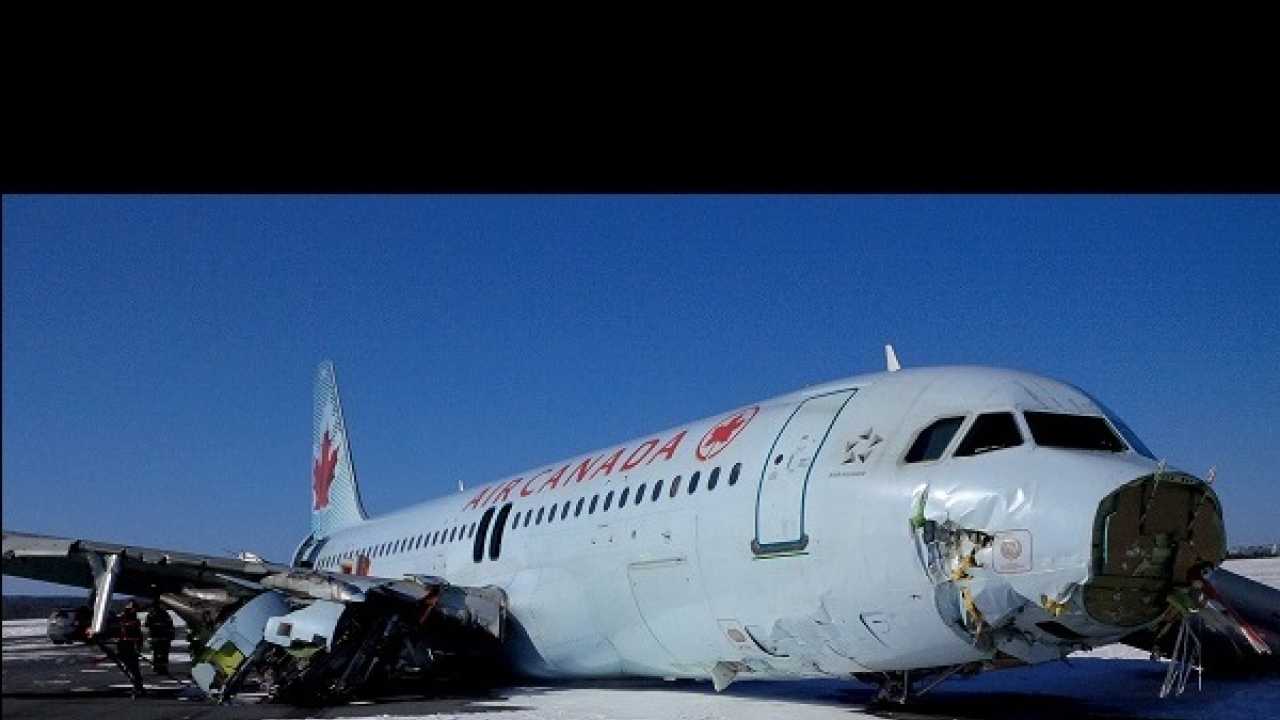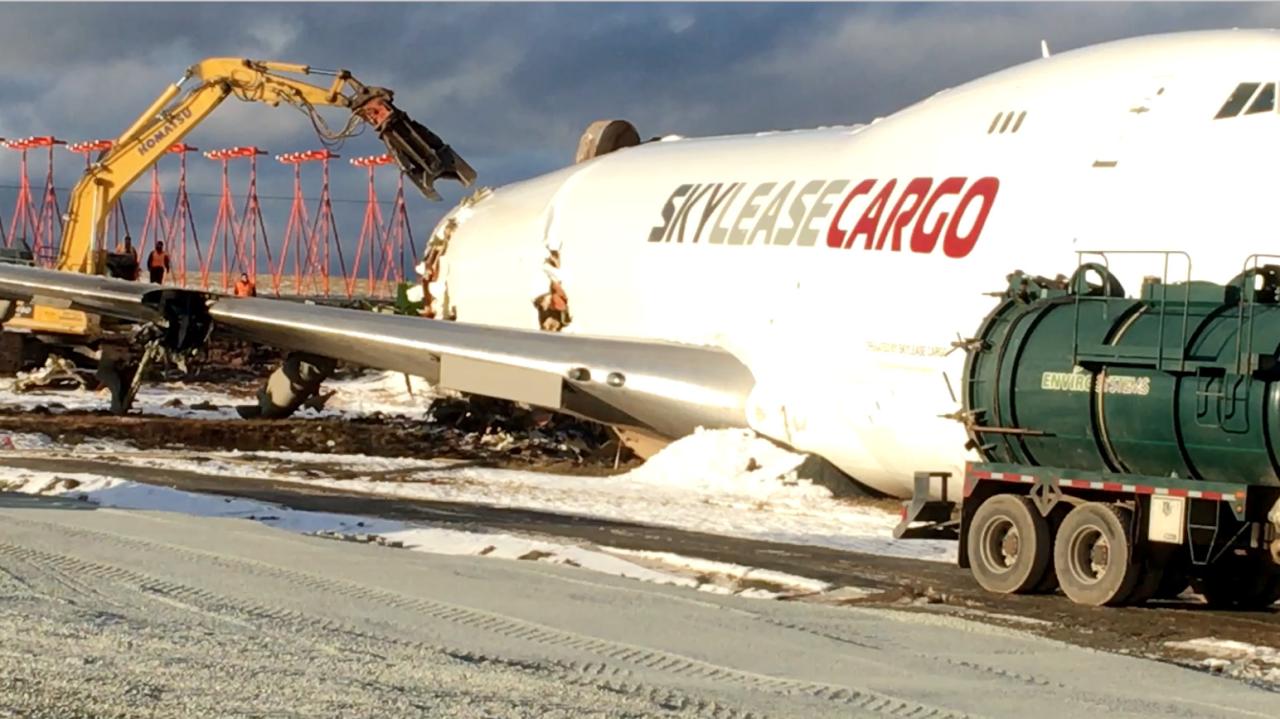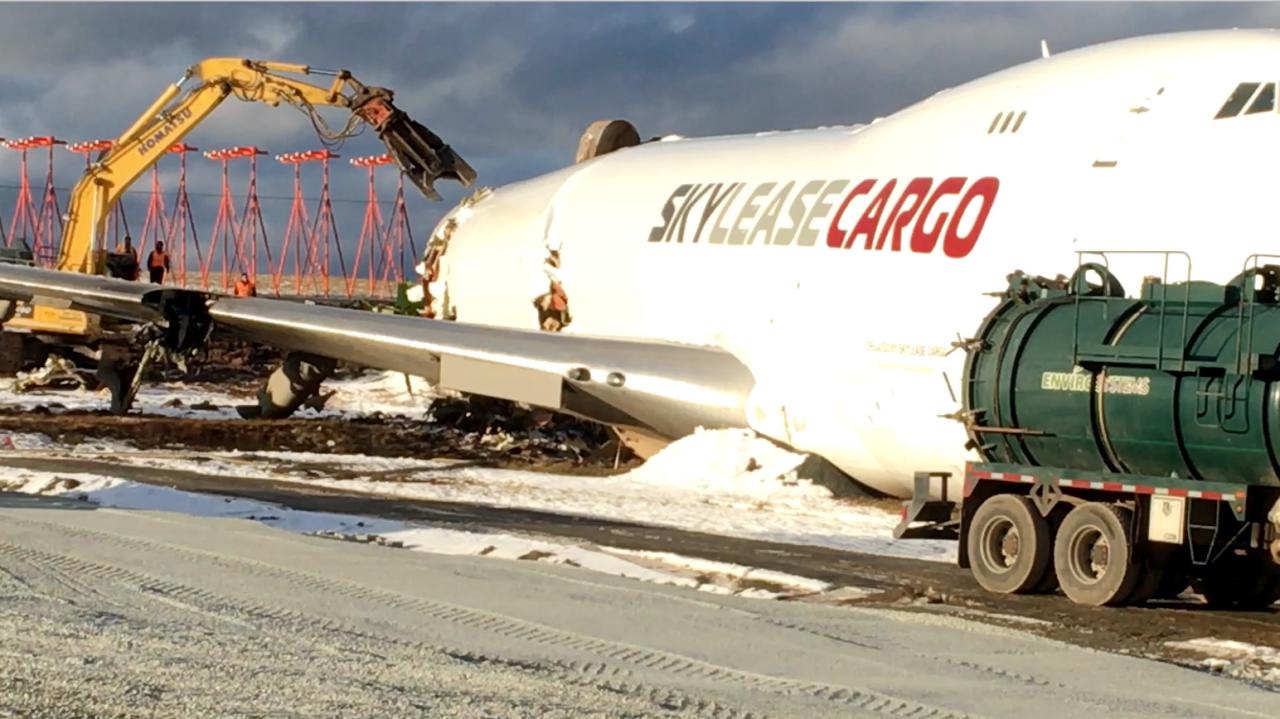Halifax Airport plane crash – the words themselves conjure images of chaos and tragedy. This hypothetical scenario explores a potential aviation disaster at Halifax Stanfield International Airport, examining everything from the initial impact to the long-term consequences. We’ll delve into the possible causes, the emergency response, and the ripple effects felt by the community, the families involved, and the aviation industry itself.
Prepare for a detailed look at a fictional yet plausible event.
Thinking about the Halifax airport plane crash makes you realize how rare these events are, thankfully. However, major incidents do happen, and researching similar events can be helpful; for instance, check out the details of the jeju air plane crash to see how different factors can contribute to such accidents. Understanding these various cases, like the Halifax one, helps us learn about aviation safety improvements.
We’ll construct a realistic plane crash narrative, detailing the aircraft, weather conditions, and the sequence of events leading to the disaster. This includes creating hypothetical passenger and crew manifests, exploring potential contributing factors (mechanical issues, pilot error, etc.), and outlining the immediate aftermath. The investigation process will be examined, including the roles of various agencies and the analysis of evidence.
Finally, we’ll consider the lasting economic and emotional impact on Halifax and its people, highlighting lessons learned and potential improvements to aviation safety.
Halifax Stanfield International Airport: A Hypothetical Plane Crash and its Aftermath
This article explores a hypothetical plane crash at Halifax Stanfield International Airport, examining its potential causes, the emergency response, the investigation, and the long-term consequences. While fictional, this scenario is grounded in the realities of aviation safety, drawing upon the historical context of aviation incidents at Halifax and best practices in emergency response and investigation.
Historical Context of Halifax Airport and Aviation Accidents

Halifax Stanfield International Airport has a long history, witnessing significant advancements in aviation technology and safety regulations. Understanding this historical context is crucial to analyzing a hypothetical crash scenario.
- Timeline of Significant Incidents: While a comprehensive list is beyond the scope of this hypothetical scenario, significant incidents, even minor ones, would be meticulously documented and analyzed by aviation safety authorities. Past incidents, even those not involving crashes, inform safety protocols and contribute to a continuous improvement cycle.
- Evolution of Safety Regulations and Technologies: The aviation industry has continually improved safety standards. Halifax Airport, like other major international airports, would have implemented numerous safety measures, from advanced navigation systems to stringent maintenance protocols. These advancements significantly reduce the likelihood of accidents.
- Accident Frequency Comparison: Comparing accident rates at Halifax with other major Canadian airports requires access to official data. However, it’s generally accepted that major airports maintain extremely high safety standards, making serious incidents relatively rare.
- Impact of Weather Patterns: Halifax’s location on the Atlantic coast exposes it to varied weather conditions, including fog, ice, and strong winds. These factors significantly impact flight operations and safety. Detailed weather data would be a critical component of any crash investigation.
Specific Details of the Hypothetical Halifax Airport Plane Crash
This hypothetical scenario involves a Boeing 737-800, a widely used airliner, experiencing a catastrophic engine failure during its final approach at 7:00 PM on a blustery November evening. Visibility is reduced due to heavy snow and strong crosswinds.
Okay, so you’re looking into the Halifax airport plane crash? That’s serious stuff. It’s a far cry from planning your trip for china new year 2026 , which, by the way, looks like it’ll be a blast. But getting back to the Halifax crash, remember to always check flight safety records before you travel anywhere, regardless of the festive season.
- Aircraft Type and Weather Conditions: Boeing 737-800, heavy snow, strong crosswinds, reduced visibility.
- Flight Path: The aircraft, approaching from the south, deviated slightly from its designated path during the final descent, possibly due to the challenging weather conditions. The deviation, while minor, ultimately contributed to the impact location.
- Passenger and Crew Manifest: A hypothetical manifest would include a diverse passenger group of approximately 150 individuals, representing various nationalities and age ranges, along with a crew of six experienced pilots and cabin staff. Specific details, for privacy reasons, would be withheld from public release during the investigation.
- Potential Contributing Factors: Possible contributing factors could include engine failure due to unexpected ice accumulation, pilot error in handling the adverse weather conditions, or a combination of both. Maintenance records and flight data recorder analysis would be essential in determining the primary cause.
Immediate Aftermath and Emergency Response

The emergency response would be swift and coordinated, involving multiple agencies working in unison.
- Emergency Response Procedures: Emergency response plans would be activated immediately, involving fire and rescue services, police, paramedics, and airport authorities.
- Roles and Responsibilities: Fire services would focus on extinguishing any fires, rescue services on extracting survivors, police on securing the crash site and managing the scene, and paramedics on providing immediate medical attention.
- Challenges Faced by First Responders: The challenging weather conditions (heavy snow and strong winds), the extent of the damage, and the potential for secondary incidents (e.g., fuel leaks) would present significant challenges.
- Evacuation and Rescue Operations: A step-by-step account would document the arrival of emergency services, the establishment of a command center, the prioritization of rescue efforts, the transportation of injured to hospitals, and the securing of the crash site.
Investigation and Analysis of the Hypothetical Crash
A thorough investigation would be conducted to determine the cause of the accident and prevent future occurrences.
| Investigative Body | Role |
|---|---|
| Transportation Safety Board of Canada (TSB) | Lead investigation, analyze flight data, interview witnesses |
| Royal Canadian Mounted Police (RCMP) | Secure the crash site, investigate potential criminal aspects |
| Aircraft Manufacturer | Assist in analyzing aircraft systems, provide technical expertise |
| Airline | Cooperate with investigators, provide flight records and maintenance data |
- Investigative Methods: The investigation would involve a comprehensive analysis of the flight data recorder (FDR), cockpit voice recorder (CVR), witness testimonies, aircraft maintenance records, weather data, and wreckage analysis.
- Hypothetical Findings: The investigation might reveal a combination of factors, such as engine failure due to ice ingestion and pilot error in responding to the emergency situation. Recommendations for enhanced de-icing procedures and pilot training would likely be made.
- Crash Site Illustration: A diagram would show the main impact point, the distribution of debris across a wide area, the location of the engines and other significant components, and the overall trajectory of the aircraft. This would provide a visual representation of the event’s progression.
Long-Term Impacts and Consequences
The hypothetical crash would have significant and far-reaching consequences.
- Economic Impact: The crash would disrupt operations at Halifax Airport, leading to economic losses for the airport, airlines, and businesses in the surrounding community. Insurance claims, legal battles, and the cost of recovery would also contribute to the economic burden.
- Psychological Effects: Survivors, families of victims, and first responders would experience significant trauma. Mental health support services would be crucial in the aftermath of the event.
- Changes in Airport Security and Safety Procedures: The investigation’s findings would likely lead to changes in airport security and safety procedures, possibly including stricter de-icing protocols, enhanced pilot training programs, and improvements to emergency response plans.
- Comparison to Other Disasters: The long-term consequences would be compared to other major aviation disasters, to identify lessons learned and best practices for preventing future incidents. Examples such as Air India Flight 182 or the Tenerife airport collision would serve as benchmarks for understanding the long-term societal impact of such events.
Closing Summary

This hypothetical Halifax Airport plane crash scenario serves as a stark reminder of the inherent risks in air travel and the importance of continuous vigilance in maintaining the highest safety standards. While fictional, the detailed examination of potential causes, the emergency response, and the long-term consequences provides valuable insights into how such events unfold and the critical role of preparedness and thorough investigation in preventing future tragedies.
The analysis highlights the need for ongoing improvements in aviation technology, pilot training, and emergency response protocols to mitigate risks and ensure the safety of passengers and crew.
Top FAQs: Halifax Airport Plane Crash
What types of aircraft are most common at Halifax Stanfield International Airport?
A variety of aircraft operate at Halifax, ranging from smaller regional jets to large international airliners. The specific types vary depending on the airline and the route.
Okay, so you’re looking into the Halifax airport plane crash? That’s a serious event. Thinking about other similar incidents can help put things in perspective, like checking out details on a past south korea plane crash to understand the various factors involved in such tragedies. Understanding those factors might shed light on potential causes or preventative measures relevant to the Halifax incident.
How often does severe weather impact flights at Halifax Airport?
Halifax’s location can lead to disruptions from various weather events, including snow, ice, fog, and strong winds. The frequency varies seasonally.
What is the typical response time for emergency services at Halifax Airport?
Halifax Airport has well-established emergency response plans with a goal of extremely rapid response times, aiming for minimal delays in reaching any incident.
What are the typical insurance and compensation procedures following a plane crash?
Compensation procedures are complex and depend on various factors including the cause of the crash, insurance policies, and international agreements. Legal counsel is usually required.
